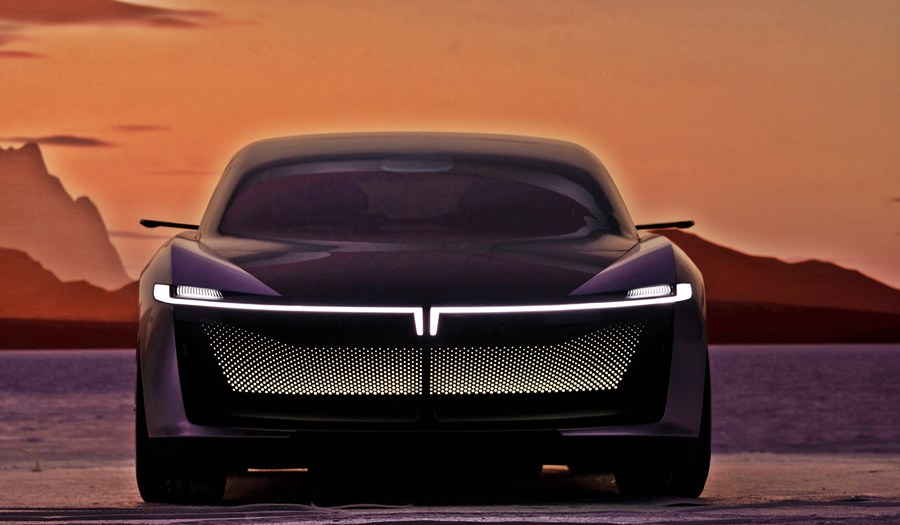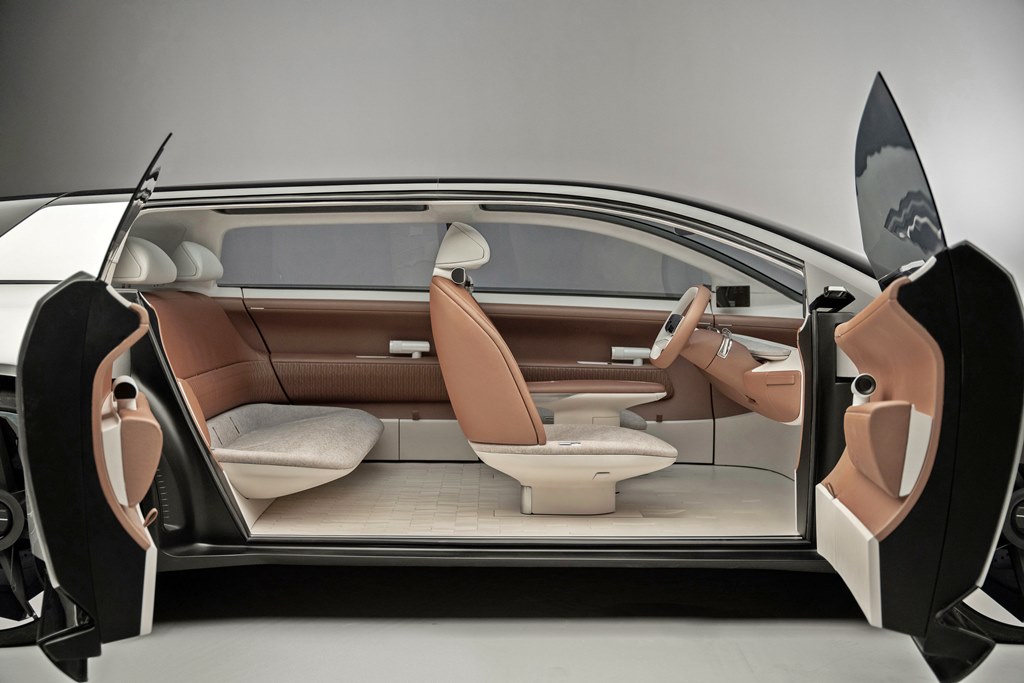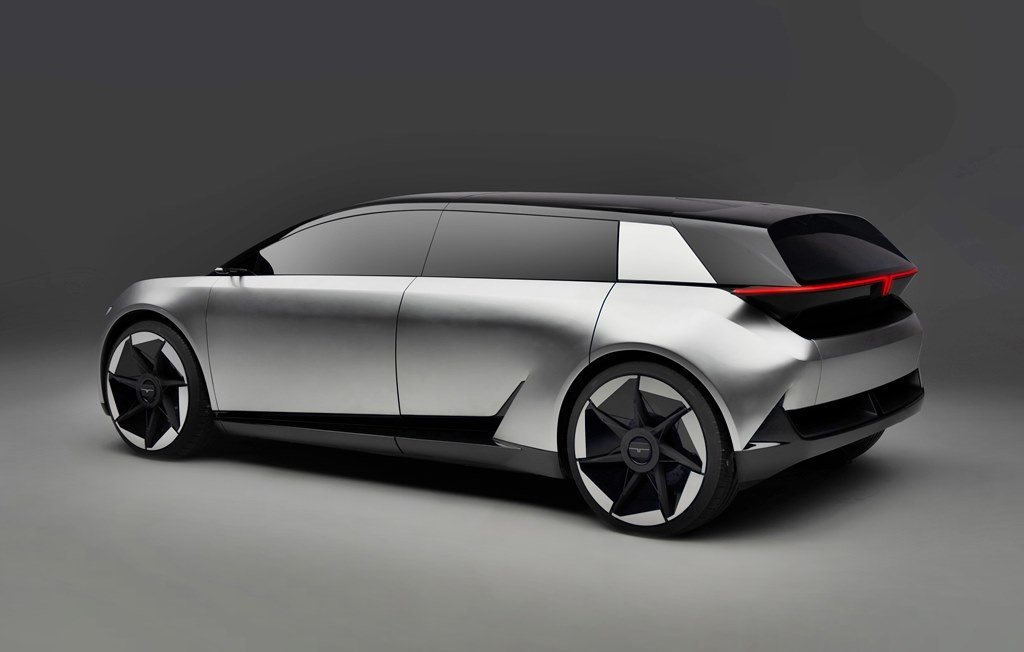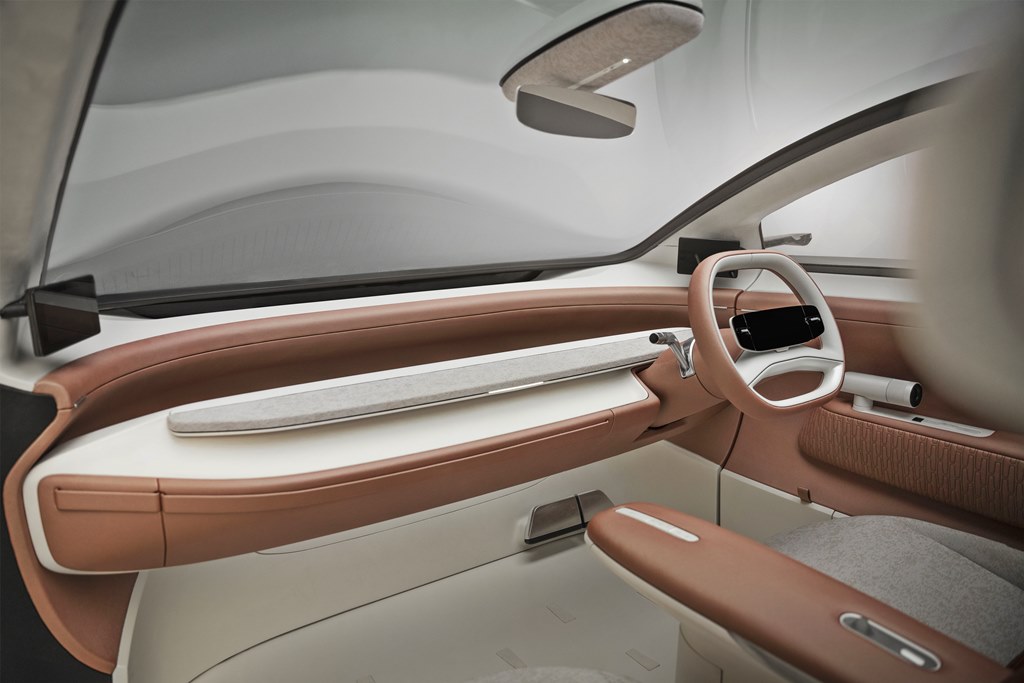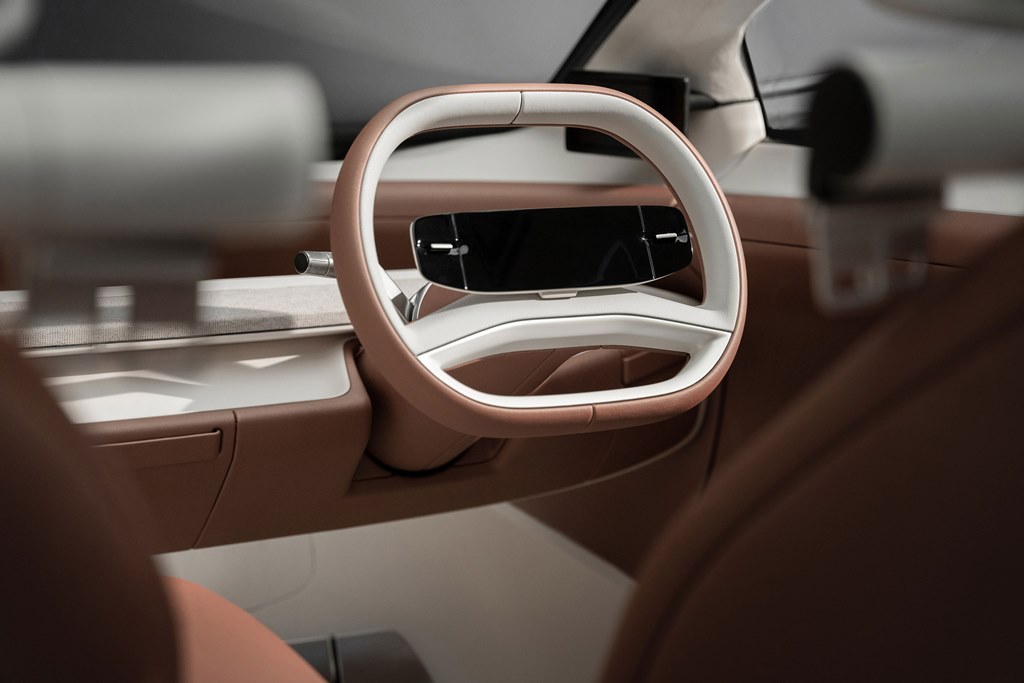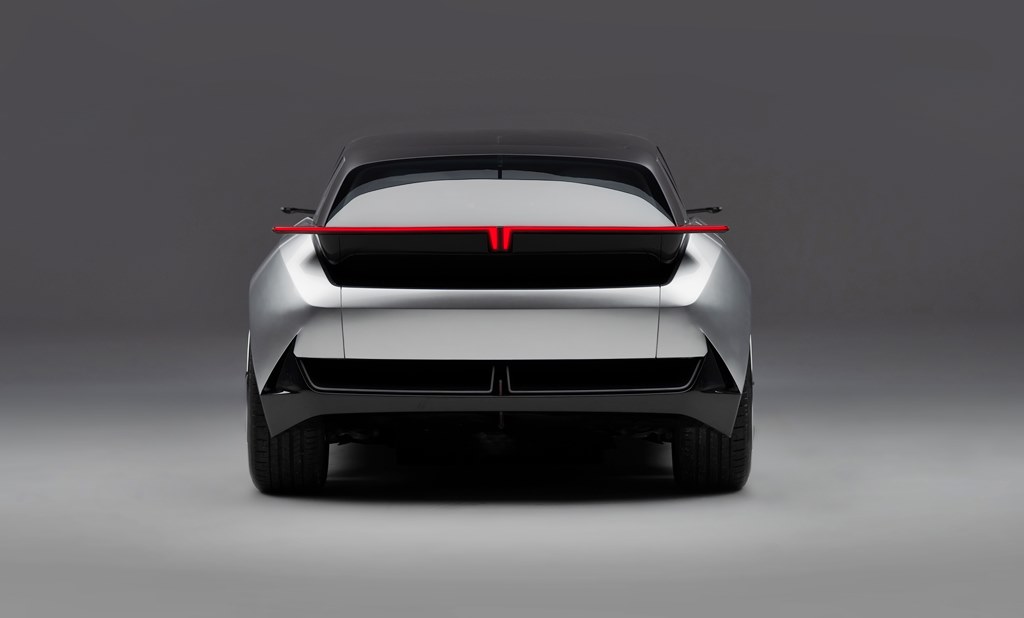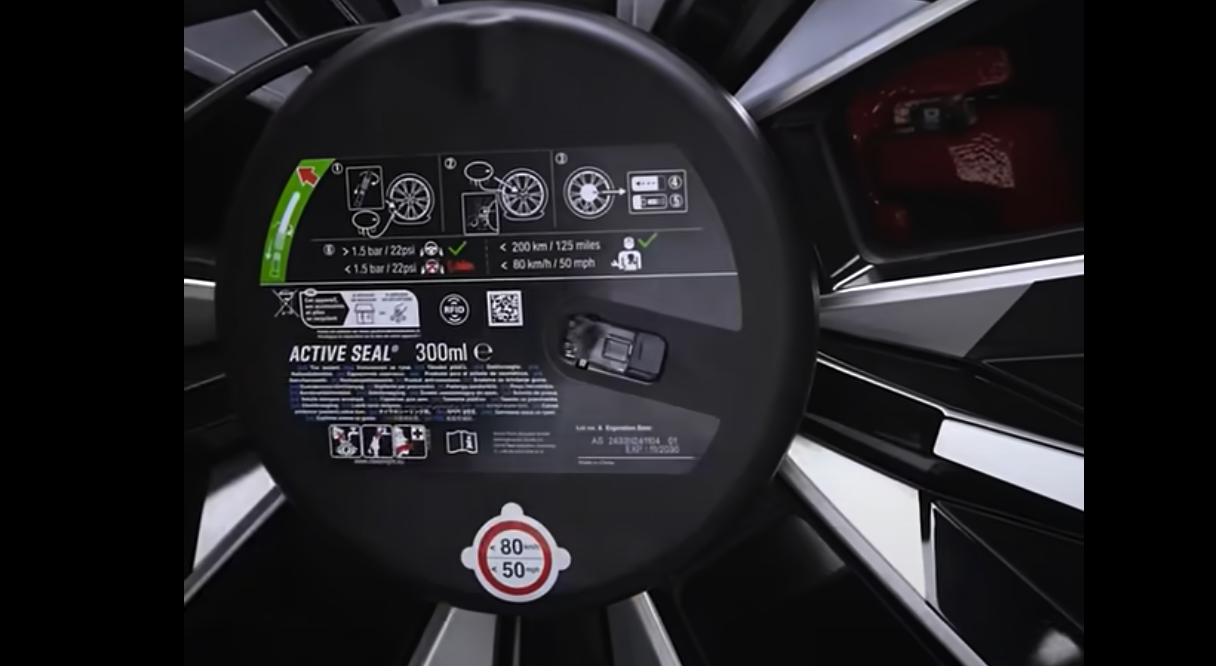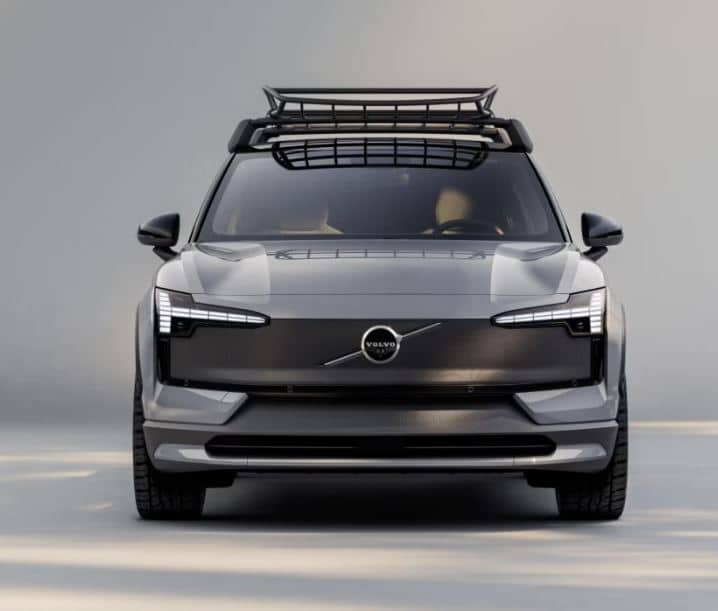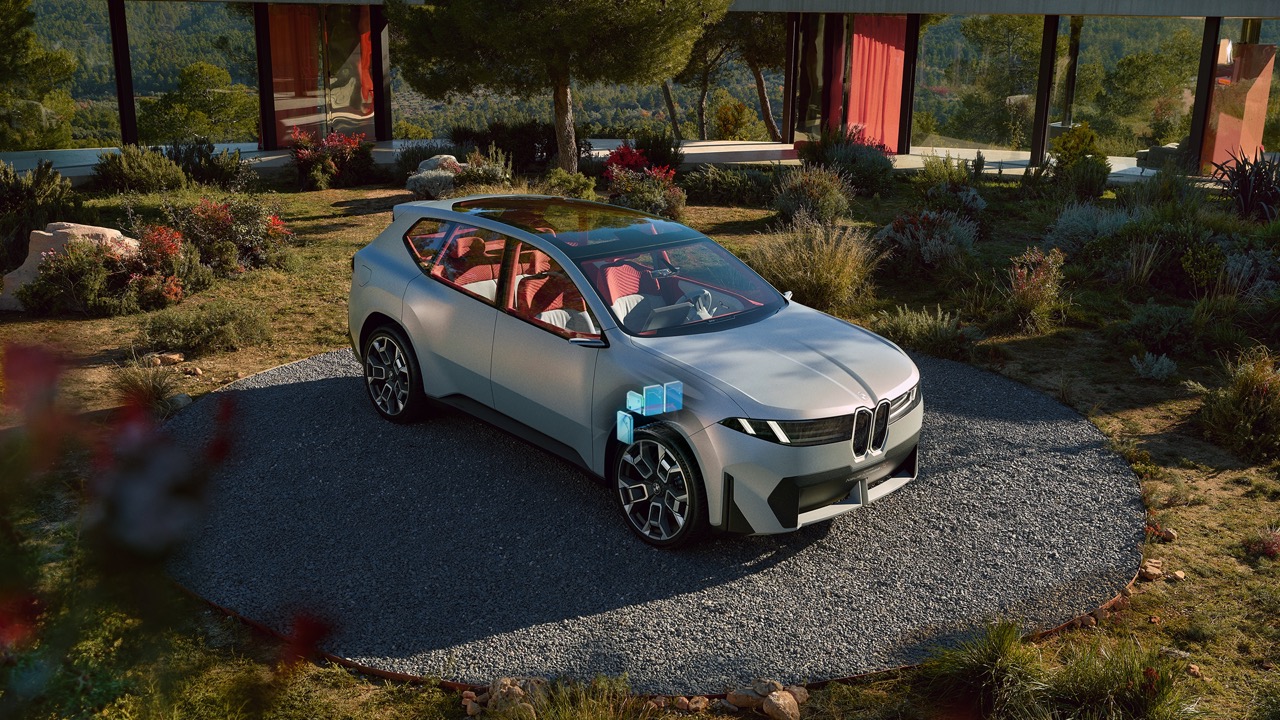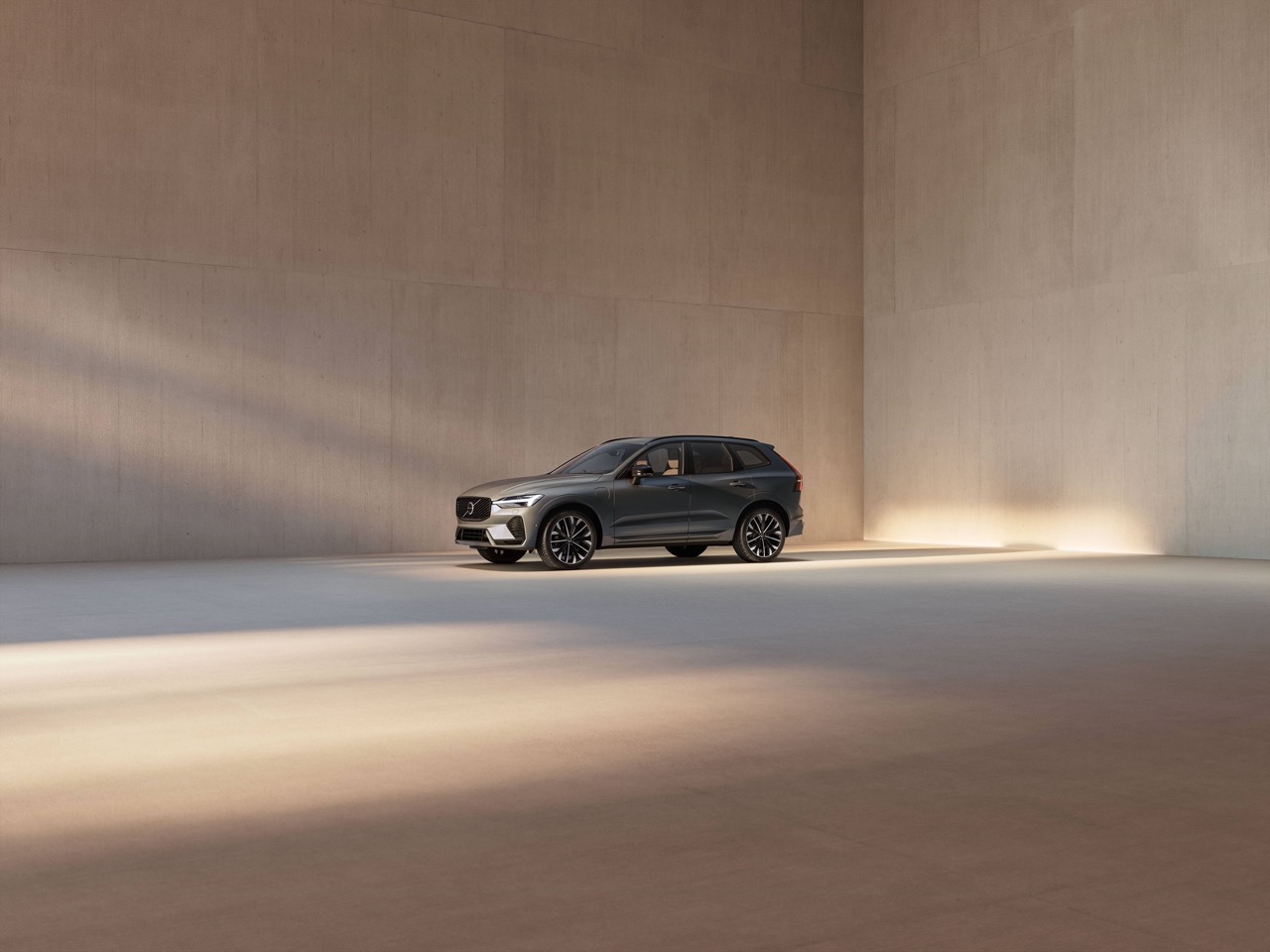Following the presentation of the CURVV concept early in April, Tata Motors recently unveiled a second concept car which will be the basis of a new battery-electric vehicle (BEV) that will enter the market in 2025. The new concept car is called the AVINYA, the name being derived from the Sanskrit language to stand for ‘Innovation’.
“While making the AVINYA Concept a reality, the central idea was to offer a mobility solution like no other – a state of the art software on wheels that is well designed, sustainable and reduces the planet’s carbon footprint,” said N Chandrasekaran, Chairman, Tata Sons and Tata Motors. “Green Mobility is at the nucleus of Tata Passenger Electric Mobility (TPEM), and the AVINYA Concept is the perfect reflection of what the company stands for – a creation that will not only accelerate the adoption of EVs but also lead this movement.”
Expanding on Mr. Chandrasekaran’s statement, Shailesh Chandra, Managing Director, Tata Motors Passenger Vehicles Ltd., and Tata Passenger Electric Mobility Ltd., said: “It is indeed a matter of pride for us at TPEM to present the AVINYA Concept to the world, a vision pivotal in signalling a ‘New Paradigm’. Holding on to its values of Simplicity, Timelessness, Effortlessness and Grace, the AVINYA is not only a concept but is our new identity, an identity which is here to challenge the status quo. It gives me an intense sense of optimism to present a new typology of vehicles that will introduce the automobile industry to options beyond mobility – a tranquil space which will offer you a complete sensory experience while on the move.”
The AVINYA Concept is the first model built on the GEN 3 architecture developed for BEVs. This global platform offers high structural safety and has the next level of waterproofing and dust protection which may be a necessity in India and some other markets.
This architecture is built with the use of next-gen lightweight materials, efficient electronic componentry and proprietary energy management strategies and algorithms for efficiency management.
With this architecture, Tata Motors plans to produce a range of globally competitive EVs. These will have new age technology, software and Artificial Intelligence working in the background. To help in widening adoption of BEVs, Tata Motors aims to make the model fairly accessible to a majority of customers of fast-growing, high-volume segments of today.
The catamaran design served as inspiration for the AVINYA Concept, conceived as a premium hatchback with the versatility of an SUV and the roominess and functionality of an MPV. A significant highlight on the front and the rear of the vehicle is the new identity. Each side has ‘Butterfly’ doors, hinged at the front and at the rear. When both are open, a wide opening is available for entry and exit.
Such a concept is usually shown in concept cars but does not always continue in the production models. There are some models that do have it, like those from Rolls-Royce and as we have seen recently, the new Mazda MX-30.
The AVINYA Concept also has a skydome to further enhance the overall sense of space by letting in natural light from above. Sustainable materials are used, communicating the ethos of the product and as a finishing touch, there is an aroma diffuser.
Tata Motors’ designers have made an interesting departure from the trend of having more display screens (and larger ones too) around the cabin. They believe that less screen time is the way to go, and have minimised this aspect. This will eliminate distractions inside the car and create a stress-free environment for the mind and soul, they feel.
Tata Motors does not say much about the powertrain but intends to provide a battery pack with ultra fast-charge capability that will give a 500-km range in under 30 minutes. Other subsidiaries in the Tata Group will develop the batteries and EV technologies, giving the company an advantage in what will become a competitive segment of the global auto market.
Tata CURVV concept SUV previews next-generation electric model from carmaker




